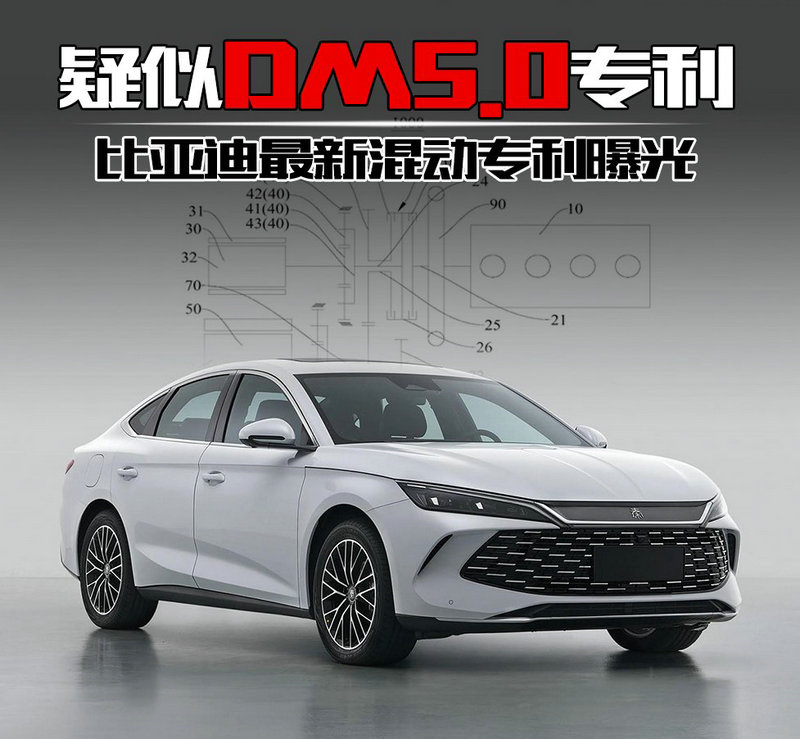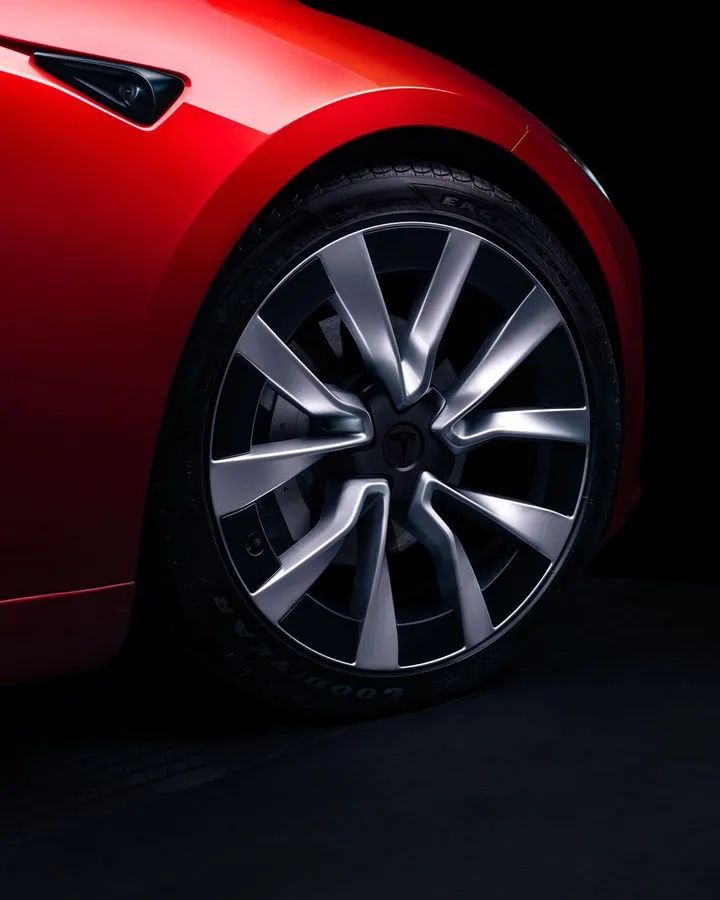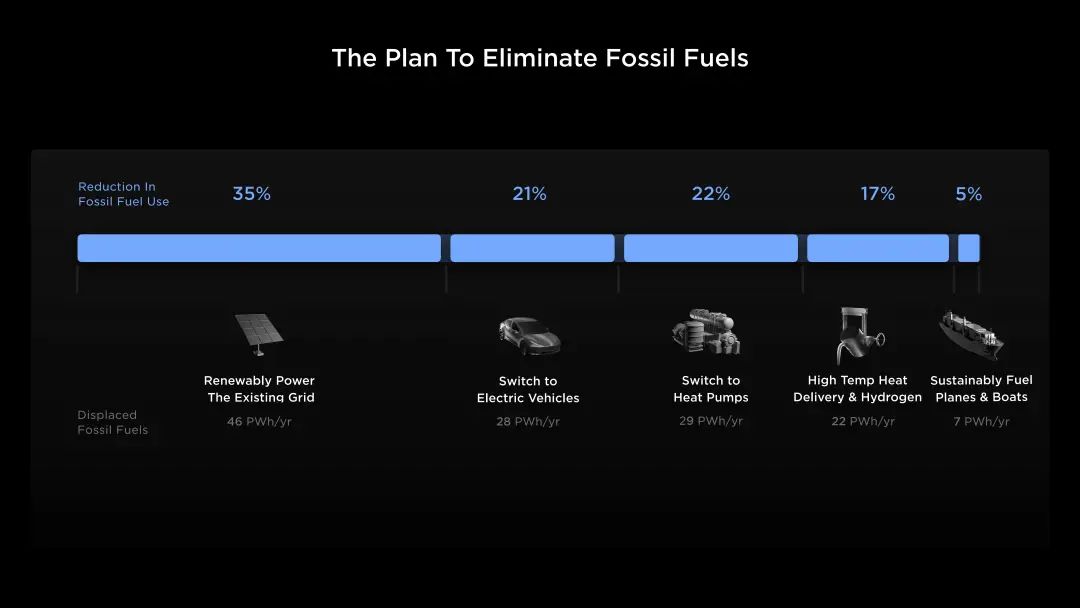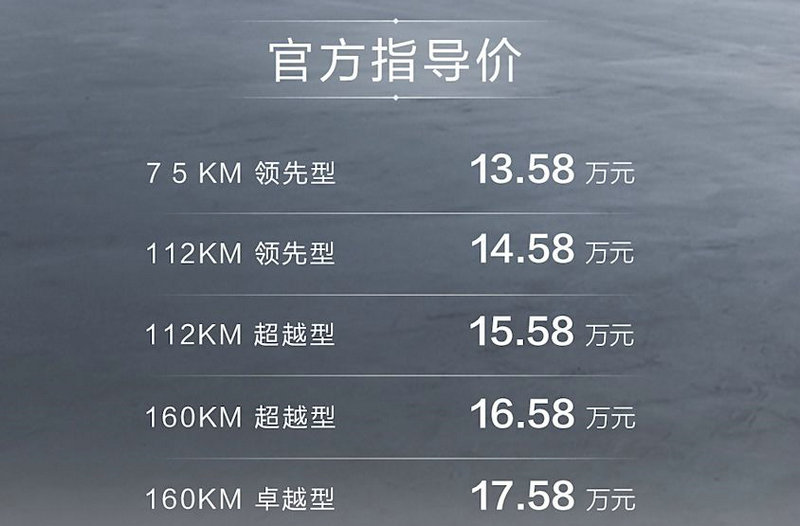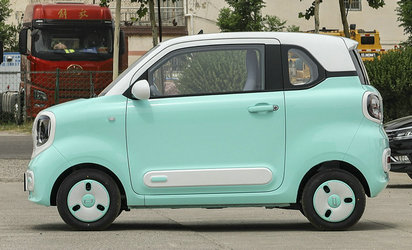BYD's Latest Hybrid Patent DM5.0 Exposed,it is possible that the Qin L will be equipped
Without our knowledge, the first quarter of 2024 has quietly passed, setting the stage for an extraordinary year in the Chinese automotive market. BYD initiated the year with a fierce price war, exerting immense pressure on its competitors. However, BYD's strategy for this year extends beyond a mere price war. Recently, BYD officially exposed a hybrid powertrain patent, which netizens believe to be a crucial component of the DM5.0 hybrid system. Let's take a sneak peek at this latest hybrid system and explore its technological highlights through the accompanying patent illustrations.
Price War and Product Bonanza
BYD's price war has been raging this year, leaving most of its competitors to follow suit passively. However, behind the price war, BYD has been brewing a technological bombshell. At last year's Guangzhou Auto Show, I had conversations with industry insiders and dealers, and it became evident that 2024 is a crucial year for BYD. During this year, BYD plans to update several key vehicle models under the BYD brand, including the Qin and Han.
Behind the vigorous brand elevation campaign last year, BYD was actually strategizing for the future by updating its important product lines and quietly advancing the iteration and upgrade of new technologies.
Based on the currently disclosed information, models such as the Qin L and the all-new Han will soon greet consumers. The new platform will provide these vehicles with enhanced overall performance. Accompanying these new models will be the DM5.0 hybrid system.
Previously exposed powertrain information of the Qin L
According to the currently disclosed information, the Qin L will feature a 1.5L naturally aspirated engine with a maximum power output of 74 kW for the engine and 160 kW for the electric motor. With a battery pack capacity of 15.874 kWh or 10.08 kWh, the new vehicle will achieve a pure electric range of 90 km or 60 km according to the WLTC standard, with fuel consumption of 3.8 L/100 km or 3.98 L/100 km.
The all-new Han, which has only been revealed through speculative images, is rumored to adopt a new dedicated hybrid chassis and a brand-new front double-wishbone suspension system, most likely featuring the new DM5.0 hybrid powertrain system. As the flagship sedan model of the BYD brand, its generation update heralds a comprehensive revolution of hybrid models across the brand's other vehicle series.
What are the characteristics of the DM5.0 hybrid system?
Previously, we have examined BYD's hybrid powertrain system patents filed in 2021, which adopted a power split configuration. The latest hybrid powertrain system patent from the National Intellectual Property Administration of China (CNIPA) is the same series-parallel configuration as the existing DM-i system, but this new system is structurally more complex than the current DM-i system.
Based on the patent description, the new system still separates the generator and the drive motor, with each performing its designated function, which is a typical design approach for series-parallel hybrid configurations.Furthermore, the patent illustration depicts a four-cylinder engine, suggesting that the production version of the Qin L is likely to be equipped with a four-cylinder engine. This choice is based on the fact that three-cylinder engines have already been validated and are not in high demand in the Chinese market.
Many new technologies accompanying DM5.0
If you have visited BYD headquarters, you must have a vivid impression of the patent wall there. On top of the DM5.0 hybrid system's innovation, there are expected upgrades in areas such as the engine, battery, and electric motor. This is not unfounded. In the latest patents disclosed by CNIPA, we have gained significant information.
The conventional design usually employs a long exhaust pipe to connect the front engine and the rear muffler. BYD's new design is evidently more concise, while also reducing exhaust backpressure and enhancing engine efficiency.
Thus, it appears that this series of patents is more like safeguarding the intellectual property of DM5.0, indicating that DM5.0 is getting closer to us. DM5.0 technology, along with other hybrid-related technologies gradually unveiled by Chinese automakers in the near future (such as Changan's new Blue Whale Power and Chery's next-generation CDM hybrid), will actively usher in a new chapter in China's hybrid electric vehicle market.
Summary
Originally, with the rise of pure electric vehicles, it was believed that internal combustion engine vehicles would gradually be marginalized. However, the current situation in the Chinese automotive market is not as simple as expected. The new generation of hybrids with pure electric ranges exceeding 200 km, comprehensive ranges exceeding 2,000 km, and fuel consumption of less than 4 L/100 km will come in abundance, aiming to defend the position of internal combustion engine vehicles.
The above is the full content of BYD's Latest Hybrid Patent DM5.0 Exposed,it is possible that the Qin L will be equipped

